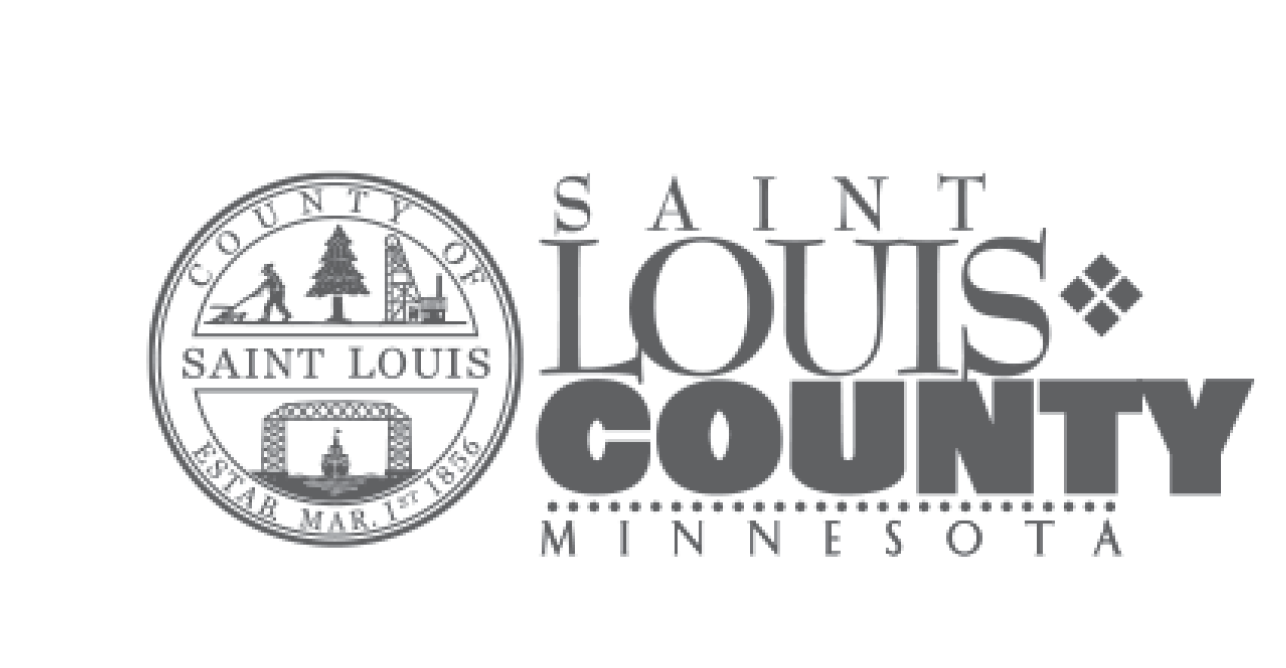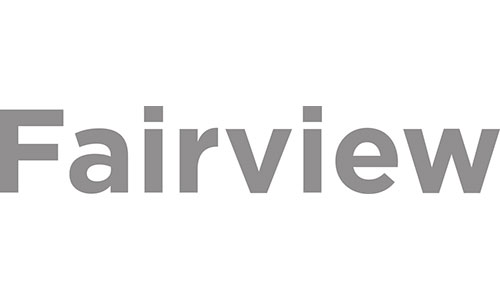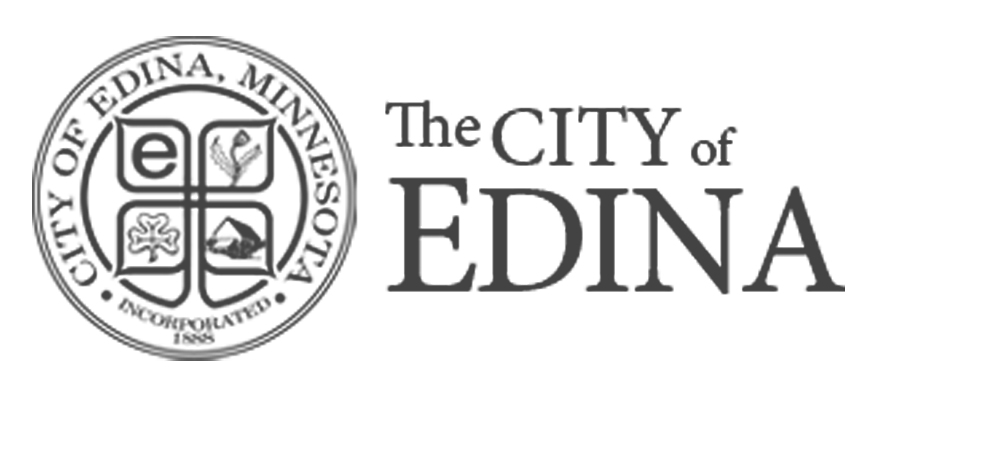We’ve all gotten frustrated while working with companies when we’ve just wanted to make a purchase. Whether it was dealing with their terrible customer service line, not having the ability to make a purchase online, or simply struggled to find the submit button, we’ve all known the struggle.
We’ve preached a lot about the flywheel inbound methodology lately. We don’t just like the concept of a flywheel—as it expands and gains momentum, it will spin faster and become energized—but we also like how this method includes what happens when problems occur—or when friction happens.
What is friction?
Essentially, friction kills flywheels. Friction causes your flywheel to lose momentum—it slows down or stops the progression of your company and your goals. These are typically the barriers that come between you and your marketing progress.
Where can friction happen?
Barriers can arise at any point in a customer’s buyer journey. Friction can be something small and subtle in what might be a detail of your website, or it could be a much larger company problem; like how your customer service representatives answer the phone.
Here are a few examples where friction can occur:
- A button on a landing page that needs a change of color to increase your conversion rates
- Sharing too much or too little on a blog post intended for your target audience
- The design of your website, your customer’s eye paths are taken through a disorganized maze to find the information they are looking for
Just to name a few. But remember, friction can happen in the smallest details and mean the difference between making a sale and driving a customer away.
How can I eliminate friction?
Fortunately, there are ways to reduce friction to get your flywheel back on track:
- Target your biggest points of friction: First, you have to pinpoint where you are losing momentum in order to fix your barriers.
- Remove friction by solving for the customer: One great way to do this is to hold focus groups to see how your website is performing and check your analytics to see how long people are staying on certain pages.
- Keep testing your landing pages: Perhaps the single best way to improve your conversion rates is to continuously test your landing pages, you never know what you could be doing that may make a significant difference.
- Don’t forget your social media: Remember, friction could be any element to your site, social media posts, or overall content that may be performing poorly. Find out what pain points people are having and how you can improve.
- See if you are losing conversions by unnecessarily driving people to your site: Can your customers purchase your product directly on Facebook or Instagram right on the platform they found you? Many people don’t want to leave the platform they are on to be driven to your website, to fill out a form, to give away more information… etc. Friction, friction, after friction—understand what your audience wants.
- Invest in a good design: This one speaks for itself, but poor design is enough to make a customer say that your site isn’t very professional, or confusing, making them go somewhere else. Design matters.
So, moral of the story: decreasing friction + increasing your speed = more delighted customers. When you take a proactive approach in reducing your friction and paying attention to your customer’s pain points, you will find out what’s standing in the way of you meeting your marketing goals.
Looking for more help understanding friction, inbound and the stages of the flywheel as it fits into your marketing strategy? Start getting organized—download our free Creative Arcade Inbound Flywheel Worksheet.
{{cta(‘1b74c13b-9482-426b-a63c-c5b4dced04b4’)}}



